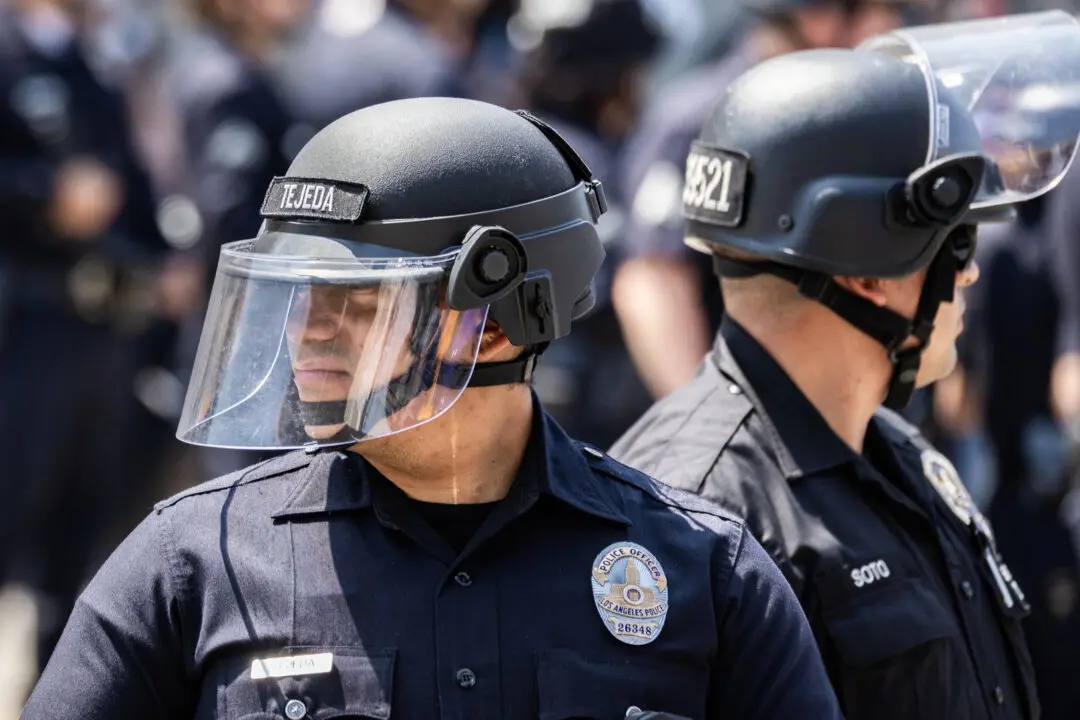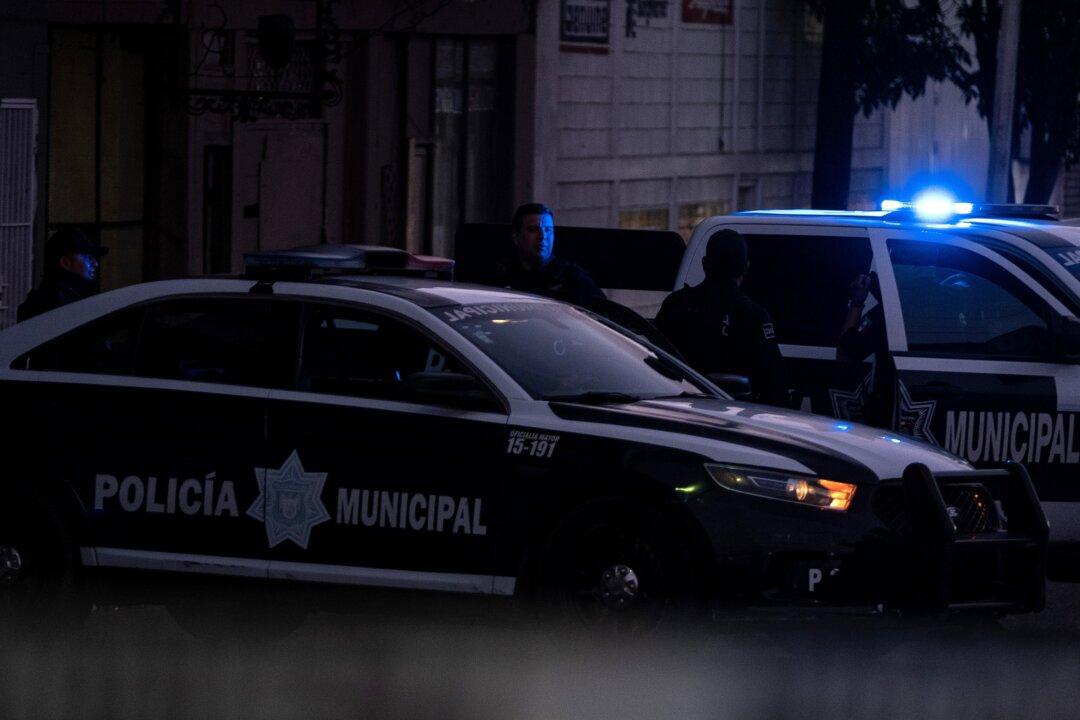LOS ANGELES (CNS)—With COVID-19 infections surging across the state, Gov. Gavin Newsom on Nov.19 issued what amounts to an overnight curfew, prohibiting all “non-essential'' activities and gatherings between 10 p.m. and 5 a.m.
The “limited Stay At Home Order'‘ applies to all counties in the restrictive ”purple’' tier of the state’s COVID-19 monitoring system—which includes Los Angeles and Orange counties. The order will take effect at 10 p.m. on Nov. 21 and remain in force until 5 a.m. on Dec. 21.





